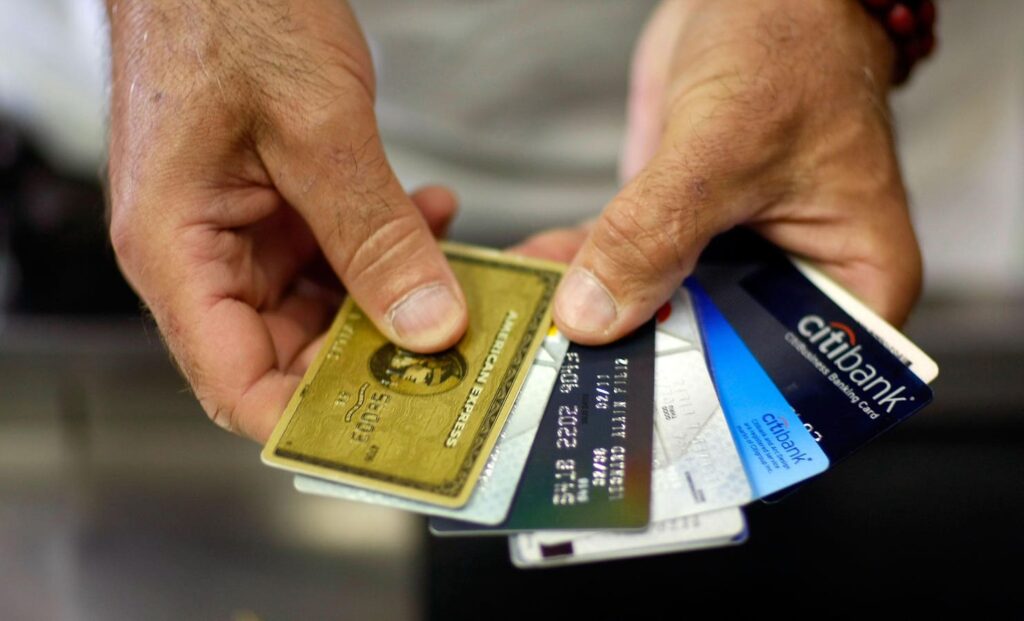There is a common misconception is that financial advisors only work with their clients on one side of the balance sheet – the positive side.
As financial advisors, my team and I work with our clients in managing and growing their wealth, and a common misconception is that clients with the means to invest don’t carry debt. This isn’t true, as mortgages, car loans, and student loans are debt.
But, of course, the debt that can really cause havoc in a financial plan is credit card debt. Not only is this kind of debt costly, it also can create problems in a relationship and can be crippling for families and companies. With this in mind, I wanted to create a comprehensive guide on what to do if you have credit card debt and want to get rid of it once and for all.
Credit card debt is a burden for many. As of early 2024, Americans had racked up a whopping record total of $1.04 trillion in debt on those handy little plastic cards. And the average annual percentage rate (APR) on cards now stands at 20.42%! But there are ways to manage it, reduce it, and wipe it out entirely. My two-part guide will show you how to tackle credit card debt. In the first part, you’ll get a comprehensive look at the problem and some basic strategies. In Part 2, you’ll get a thorough guide to using a complex but highly effective way to wipe out debt faster by using balance transfer cards.
Use resources for managing credit card debt: Use debt payoff calculator tools from Forbes to plan your debt payoff strategy. Consider working with a nonprofit credit counseling service like the National Foundation for Credit Counseling (NFCC) for personalized help. Tools like Credit Karma and Experian can help you track your credit score and spot opportunities to improve it. The Federal Reserve has the latest consumer credit data.
Assess your financial situation: Create a debt inventory by listing all your credit card debts, interest rates, minimum payments, and due dates. This will help you prioritize payments. Keep track just like you would your budget. Next, check your credit score to see your chances of qualifying for a balance transfer card (more about that in Part 2) A score higher than 740 (the average U.S. FICO score) will get you better offers. Keep an eye on your spending during your paydown period to be sure you’re not “wasting” money that could go toward paying off card debt.
Talk to your financial advisor about your current savings/retirement savings. It may make sense to redirect, temporarily, some of that savings to paying off your credit card bills, especially if your credit card interest charge greatly outstrips your savings interest.
Pick a debt paydown method that suits you best: The Avalanche Method focuses on paying off the card with the highest interest rate first while making minimum payments on others. It reduces the overall interest paid but can feel slow if the highest-rate card debt is large. The Snowball Method calls for paying off the smallest debt first for a quick win, then moving to the next smallest, and so on until all the cards have a zero balance. This helps you build momentum and motivation but it may cost more interest over time. The Debt Consolidation Method calls for combining multiple card debts into one loan or a balance transfer card with a lower interest rate. It simplifies payments and may lower interest costs but it may come with fees and extended repayment terms. (You’ll learn all about balance transfer cards in Part 2.)
Keep at it: Managing credit card debt successfully requires discipline, strategy, and careful planning. By following these strategies and using the available tools and resources, you can take control of your finances and steadily work your way out of credit card debt.
Read the full article here
